An employee who “thinks like an owner” is the Holy Grail — having employees for owners — as we have discussed in other posts. Therefore, I have been writing a series of posts about tools that owners can use to assist employees to think like owners. Previously I have covered stock options and restricted stock. This post is about phantom stock or virtual stock. Later, I also want to cover Employee Stock Ownership Plans (ESOP, the Employee Stock OWNERSHIP variety, not the Option Plan variety), and profit-sharing.
All of these ideas are tools available to business owners. I advise people to pick the plan that best fits their objectives for the business — so you first have to know your objectives. Then, what is “best” aligns your objectives with alignment for the employees.
Stock options are the most common, but they are best when the owner is attempting to aim the entire company at a single moon-shot exit sale. If your plan is to earn ongoing financial returns from ongoing distributions from the business, a stock option plan is exactly counter to your long-term goals.
Other names for phantom stock may include: stock appreciation rights, non-qualified stock options, valuation rights and equity compensation. These terms can also mean other things, so it is best to learn the fundamental, underlying dynamics of the tool rather than rely on the names which may mean different things to different people. The name ‘non-qualified stock options’ are sometimes used for phantom stock because the vernacular of stock options is more commonly known by employees as they are similar to the more common version of non-qualified stock options. However, phantom stock is technically not an actual option to buy stock.
Phantom Stock — How it Works
Phantom stock is essentially a cash bonus plan that is a contract with the employee. There are no actual legal ownership rights or voting rights that go along with phantom stock. Often, phantom stock is granted in units or shares along with an implied ownership percentage in the company. The value of the phantom stock can be aligned with the value creation metric chosen by the business owners, such as annual profits or a percentage of the sale of the company upon an exit. Thus, it can be an extremely flexible tool. For example, the business owner could say that employees will get 10% of the annual profits of the company or 10% of the proceeds from a sale, or both. For the business owner, the cash payments are tax deductible. For the employee, the cash payments are ordinary income (not capital gains) but the formula can be written to act like capital gains if desired. The phantom stock can have vesting features and other restrictions — such restrictions as the employee must continue to be an employee to receive the cash bonuses.
Phantom Stock — Influence on Behavior
As we have explored in the posts for stock options and restricted stock, each type of “incentive plan” (or maybe we should call them “alignment plans”) has different characteristics that make one better used in certain situations than in others. Below is a review of how phantom stock influences behavior if it is implemented in a company. Phantom stock can . . . . .
- Incent an exit? Usually yes, but it depends upon how it is written. Most often, phantom stock is used to give employees a percentage of the value in a sale. But, the phantom stock contract could be written around profit sharing and not include the proceeds of a sale, or vice versa. Most commonly, phantom stock is written to compensate employees upon a sale of the company.
- Incent near-term profitability? Yes, if the phantom stock is written to include a percentage of annual profits, dividends, or distributions.
- Incent long-term employment? Yes. Because the business owner can develop the plan with vesting or other ideas, it can clearly be used to incent long-term employment.
- Incent meritocracy? Yes. It is easy to adjust the units/shares of phantom stock over time to recognize performance and award the people who are creating value for the company.
Thus, the largest advantage of a phantom stock plan is flexibility. Phantom stock can be written to be aligned with the objectives of the owners and the company itself. And, phantom stock does not require actual ownership to change or does not bring the tax and other legal headaches that come along with other types of alignment plans. Therefore, I feel that phantom stock plans are among the very best ways for closely held companies to assist employees in thinking like owners.
The tax consequences vary case by case and the tax consequences fall differently for the companies and the employees and sometimes can be very complicated. These plans are subject to Internal Revenue Code Section 409A, like stock options. Please speak with a tax adviser before implementing any of these to avoid tax issues.
Related Posts:
- Rich v. King? Spoils Go to Business Who Share and Delegate [November 6, 2012]
- Quest for the Holy Grail of Employees who Think Like Owners — Employee Ownership (a series) [masonmyers.com – December 9, 2012]
- Restricted Stock as a Good Alternative to Stock Options [masonmyers.com – January 17, 2013]
- Is it Better to Make Employees Fit Roles or Roles Fit Employees? [July 10, 2012]
- Science Says ‘Social Collaboratists’ are the Most Successful [April 23, 2012]


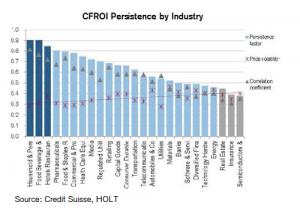
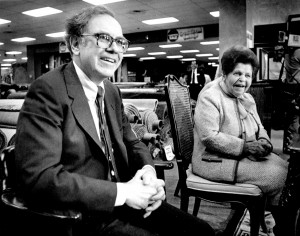

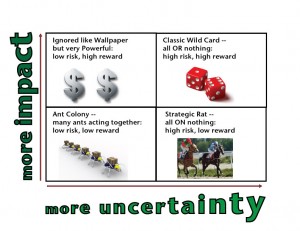
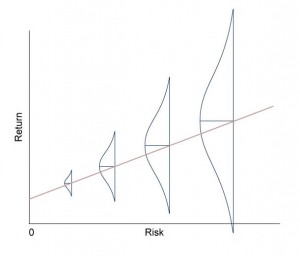

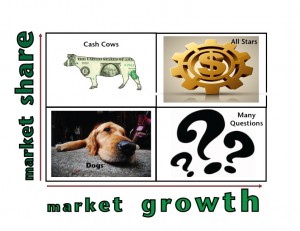





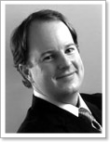 I am an investor at Greybull Stewardship, an
I am an investor at Greybull Stewardship, an 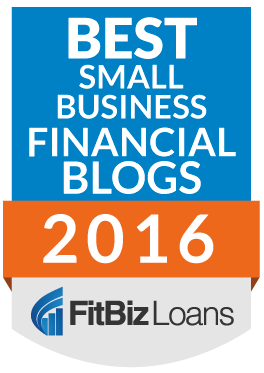
 Sign Up
Sign Up RSS Feed
RSS Feed